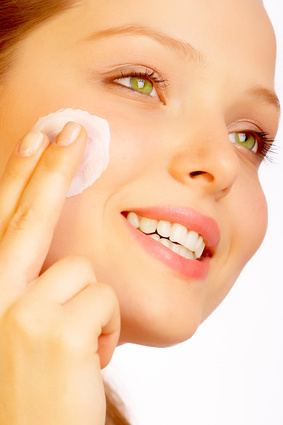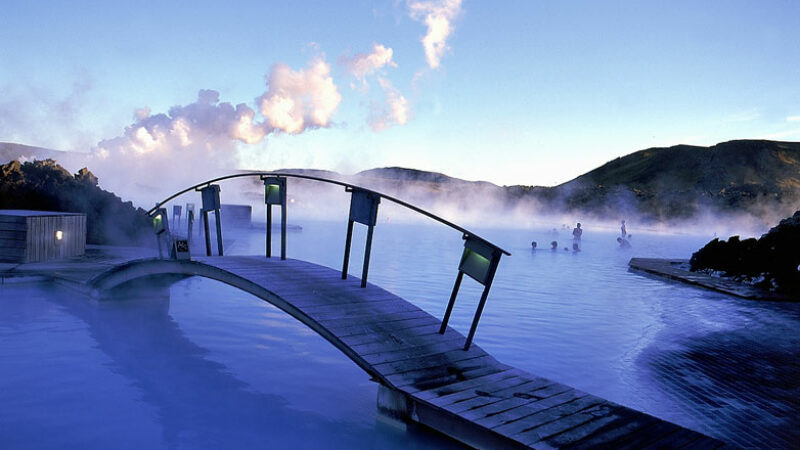Take a quick look at the ingredient list of most shampoos and conditioners and you’ll likely see panthenol listed as one of the main components. Celebrated for its ability to moisturize and inspiring a whole line of hair care products, panthenol has also been quietly working its magic in skin care.
Panthenol is a natural ingredient found in plants and is a form of vitamin B5. When applied to the skin, panthenol converts to panthenoic acid which is readily absorbed by the skin, bringing its benefits deep into the skin’s tissues. As an addition to skin care products, panthenol is used as:
*A humectant, helping the skin to retain water. It also has the ability to draw moisture from the air and hold it in the skin.
*A moisturizer, counteracting dryness and reducing the appearance of fine lines and wrinkles by plumping the skin’s surface.
*An emollient, making the skin soft and smooth.
If that wasn’t enough, panthenol also works as an anti-inflammatory. Often combined with allantoin, panthenol is also used to treat skin conditions such as mild burns, cuts and insect bites. And its antibacterial properties are especially valuable in wound healing ointments.
In a world where the latest-and-greatest gets the most attention, panthenol just goes about its business, working hard with no fanfare and, more importantly, virtually no negative drawbacks. It’s no wonder that panthenol plays such a key role in so many of the anti-aging products offered by Reversa and Jouviance. Panthenol can also be found in La Roche Posay’s Cicaplast Epidermal Repair Cream, a healing and protective formulation that accelerates the skin’s recovery process.




